Samsung Galaxy S10+ review: A truly stellar smartphone
The newest Samsung Galaxy is the most impressive yet
With a breathtaking camera and stunning looks, it’s the Samsung Galaxy S10+ is undoubtedly the best phone Samsung has ever created - but it’s also the best phone available right now. If you can stomach the high price, you won’t be disappointed.
-
+
Outstanding camera; Gorgeous design; DeX Mode no longer needs a dock
-
-
Expensive; Occasionally unwieldy

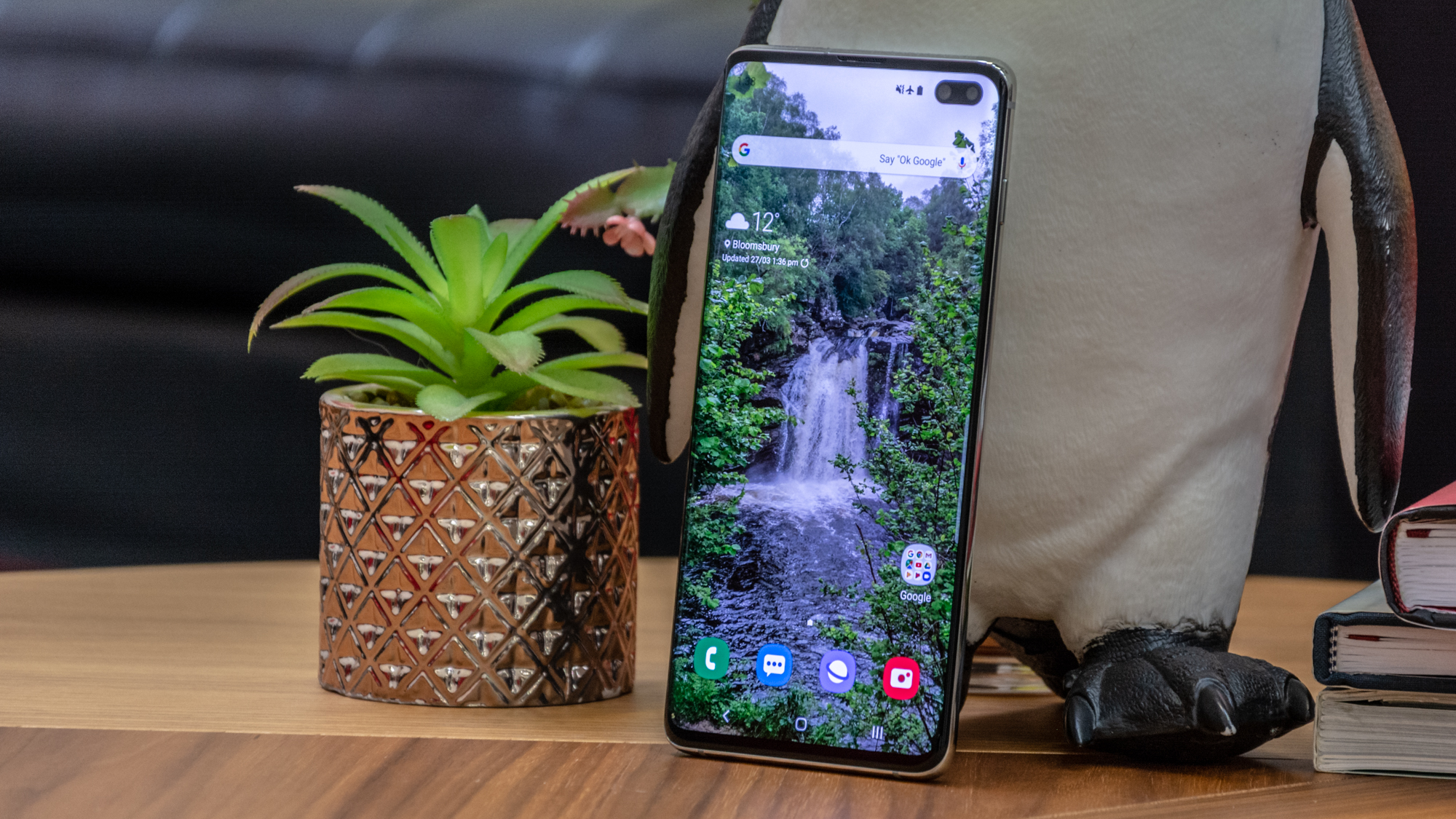
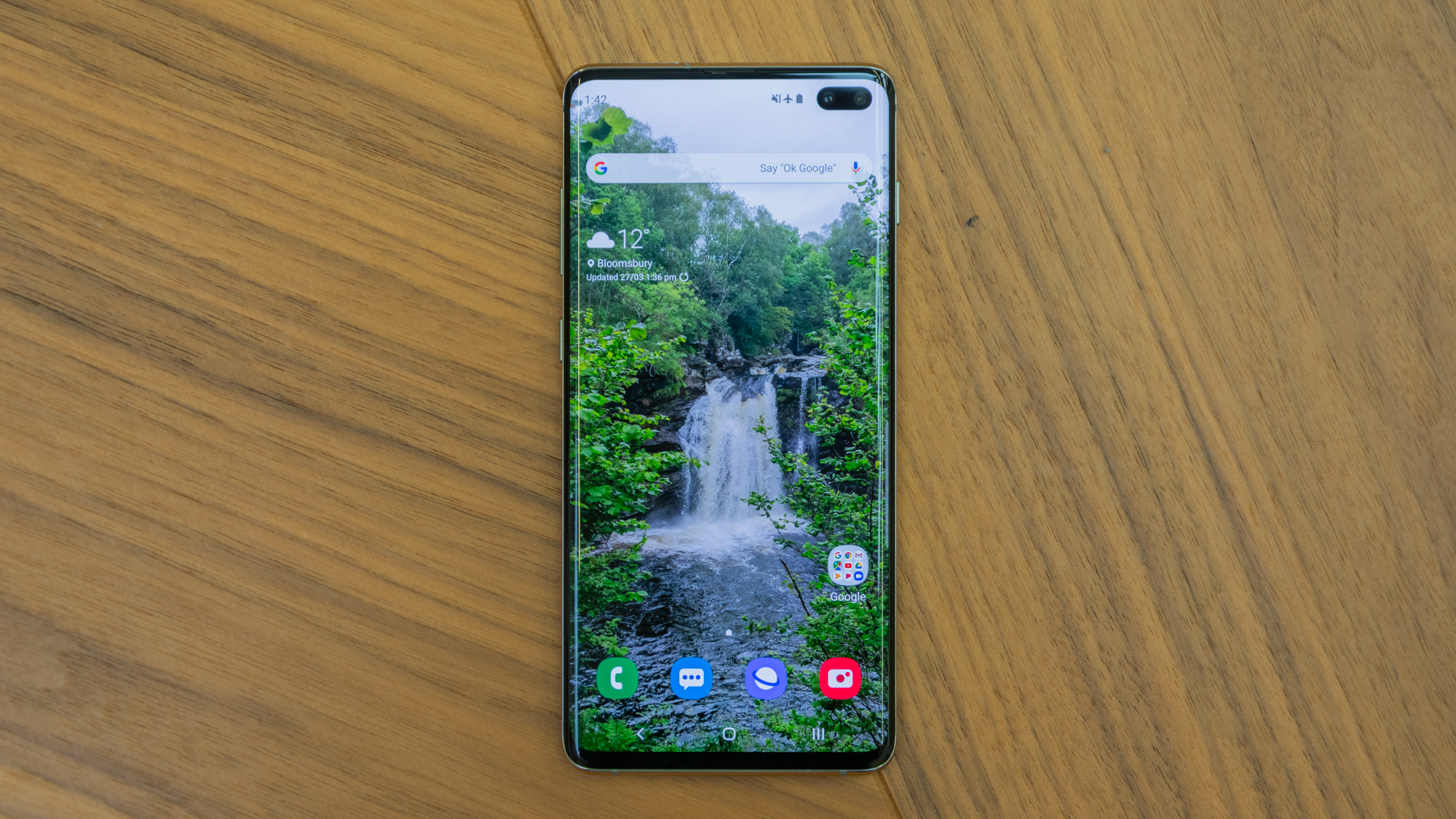
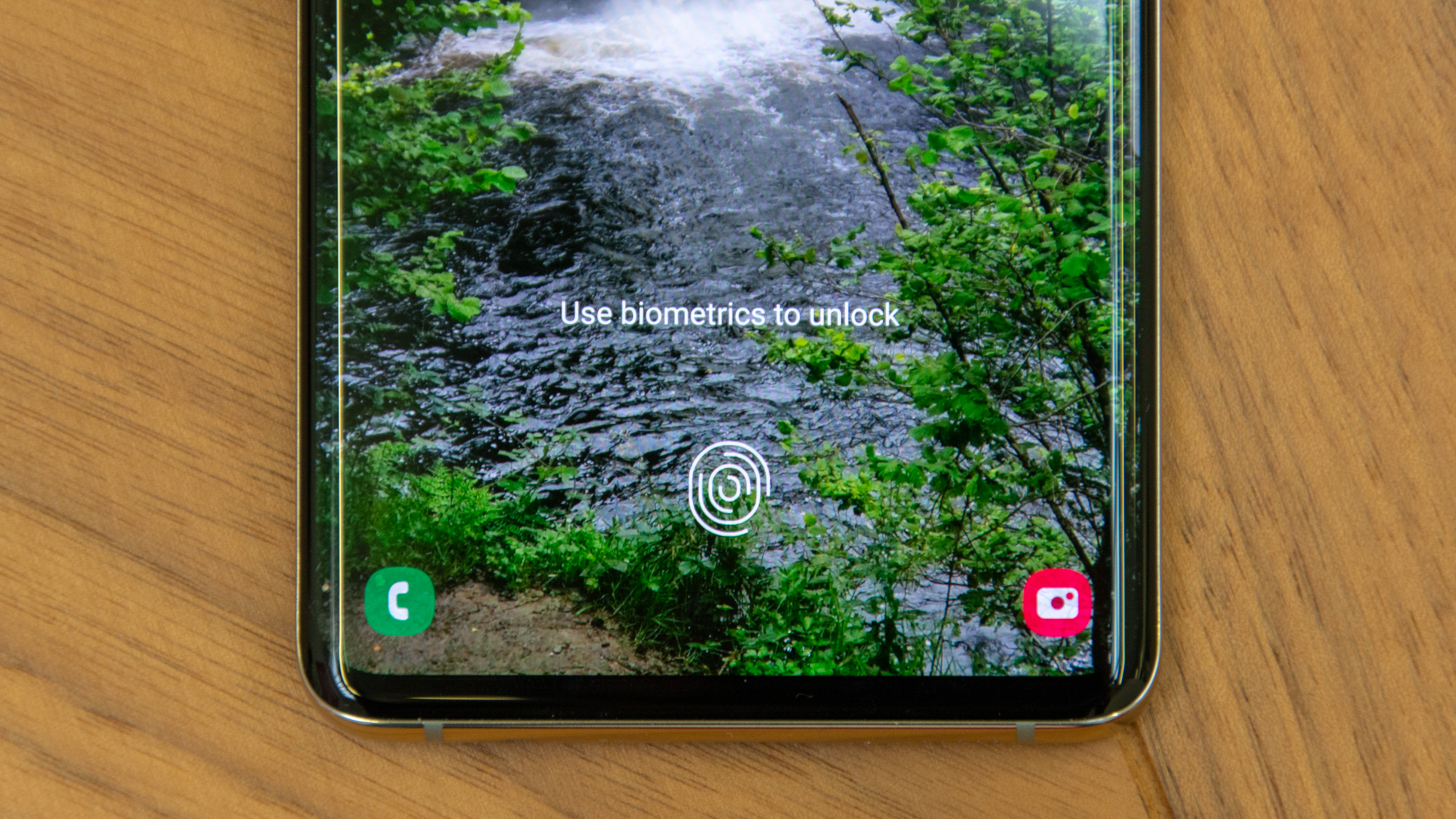
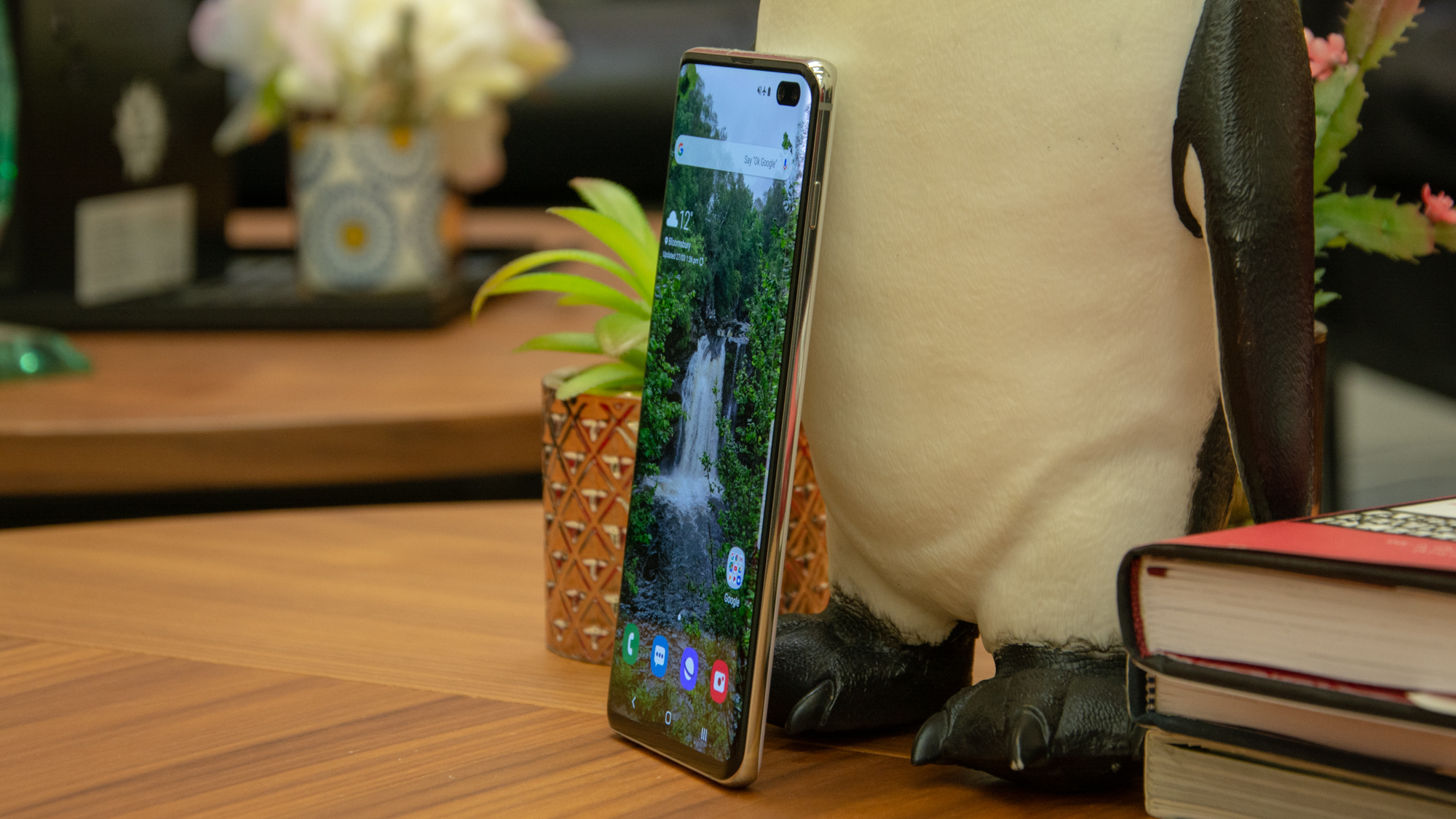
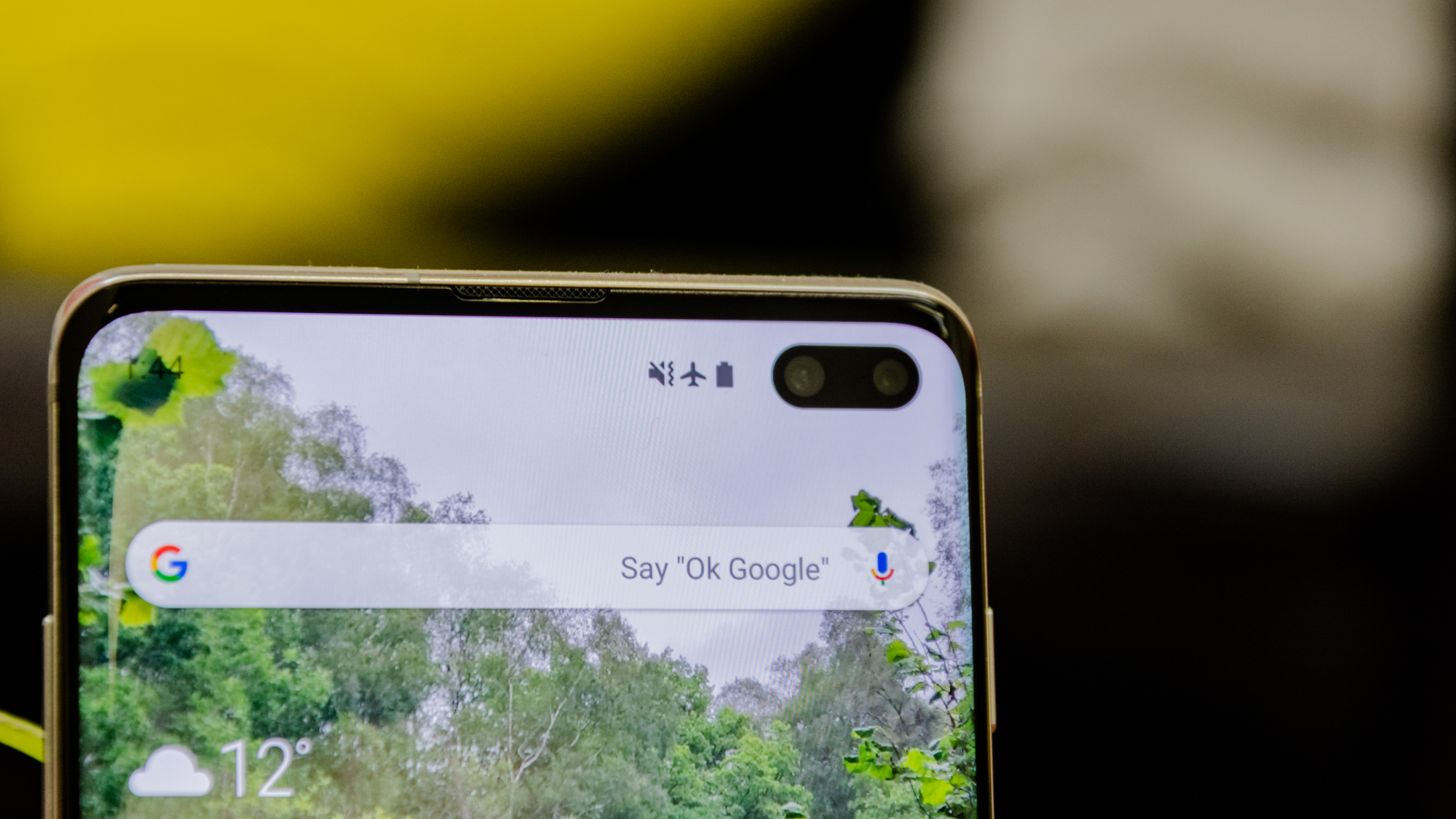
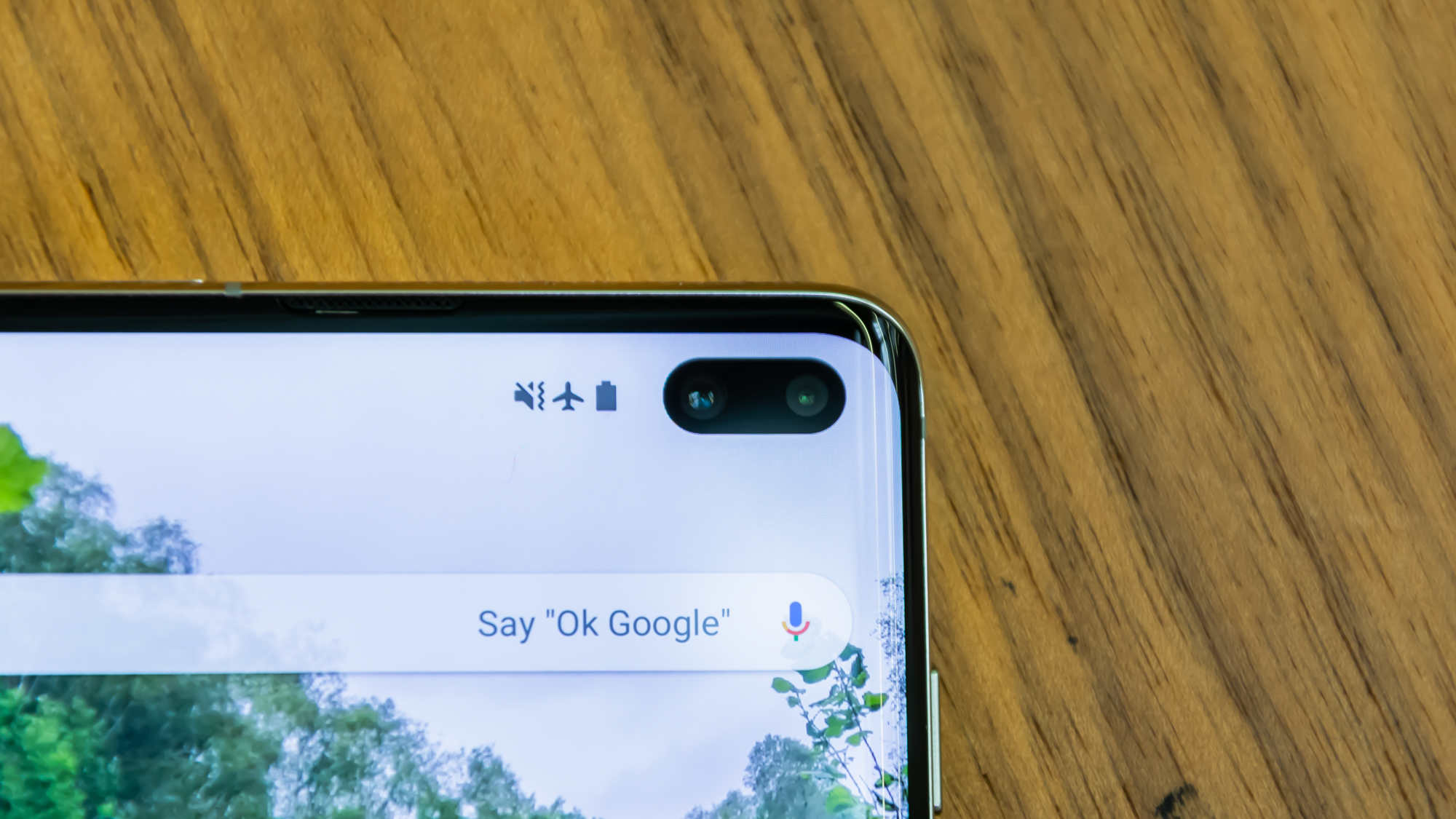
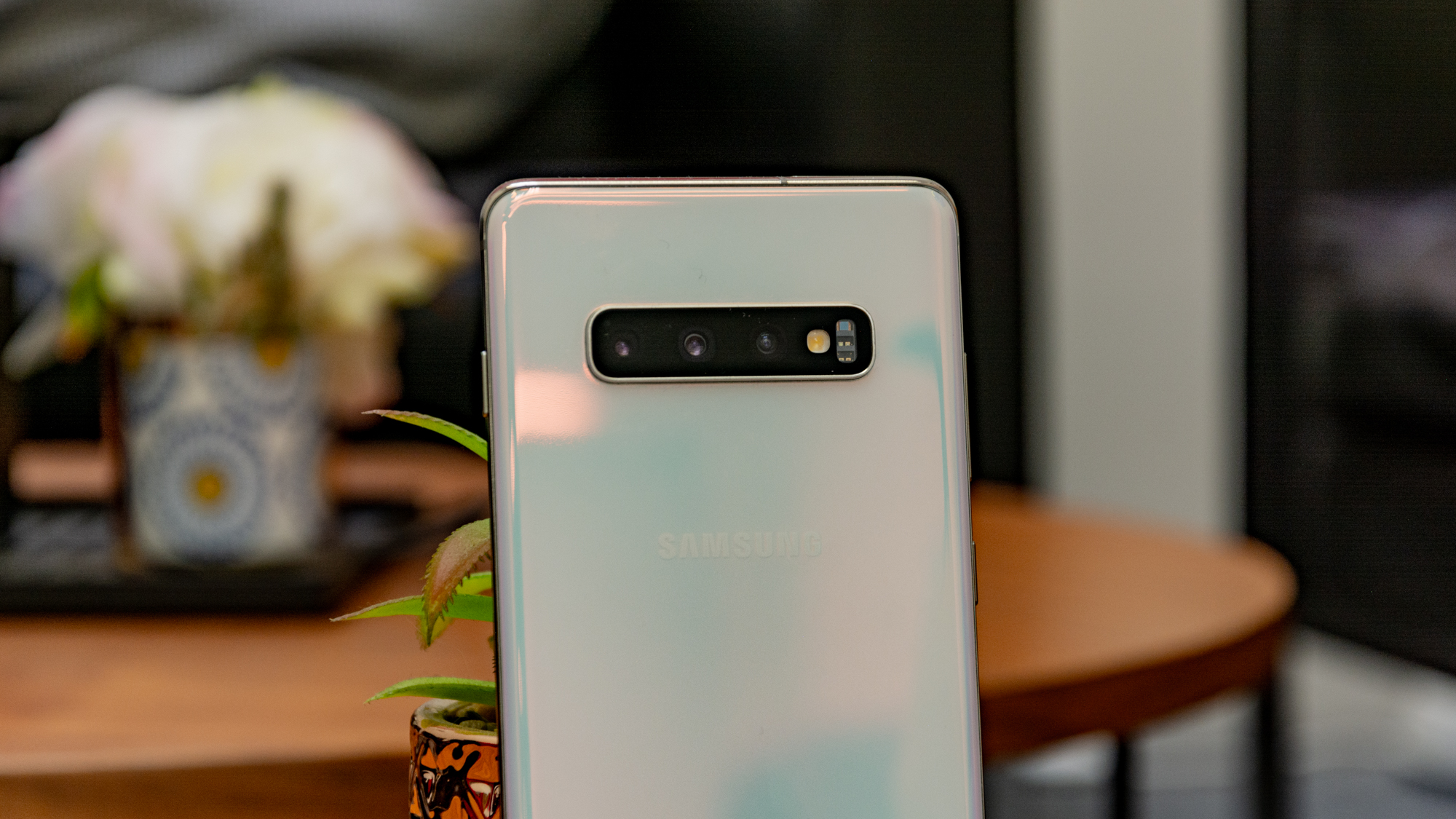
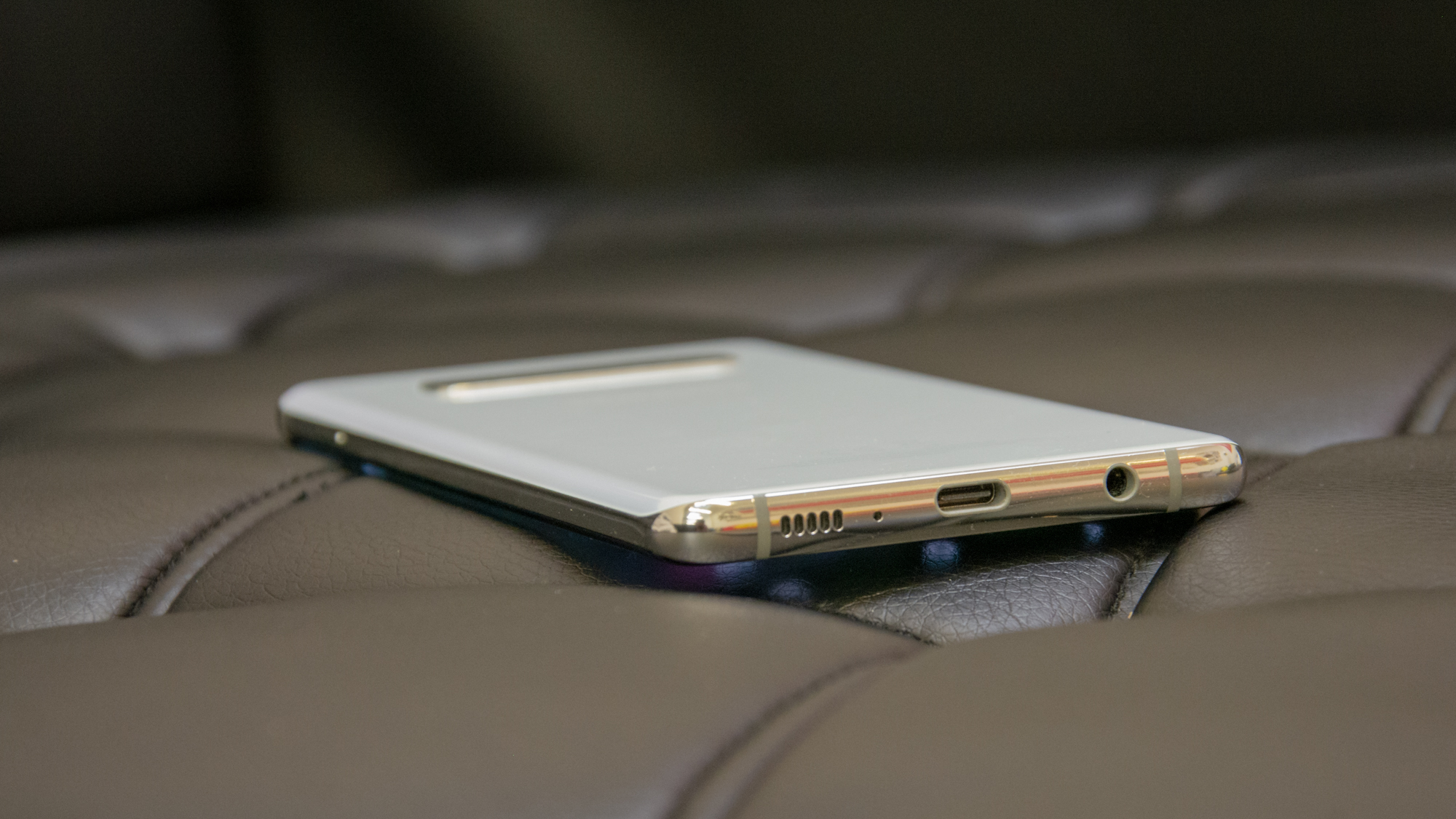
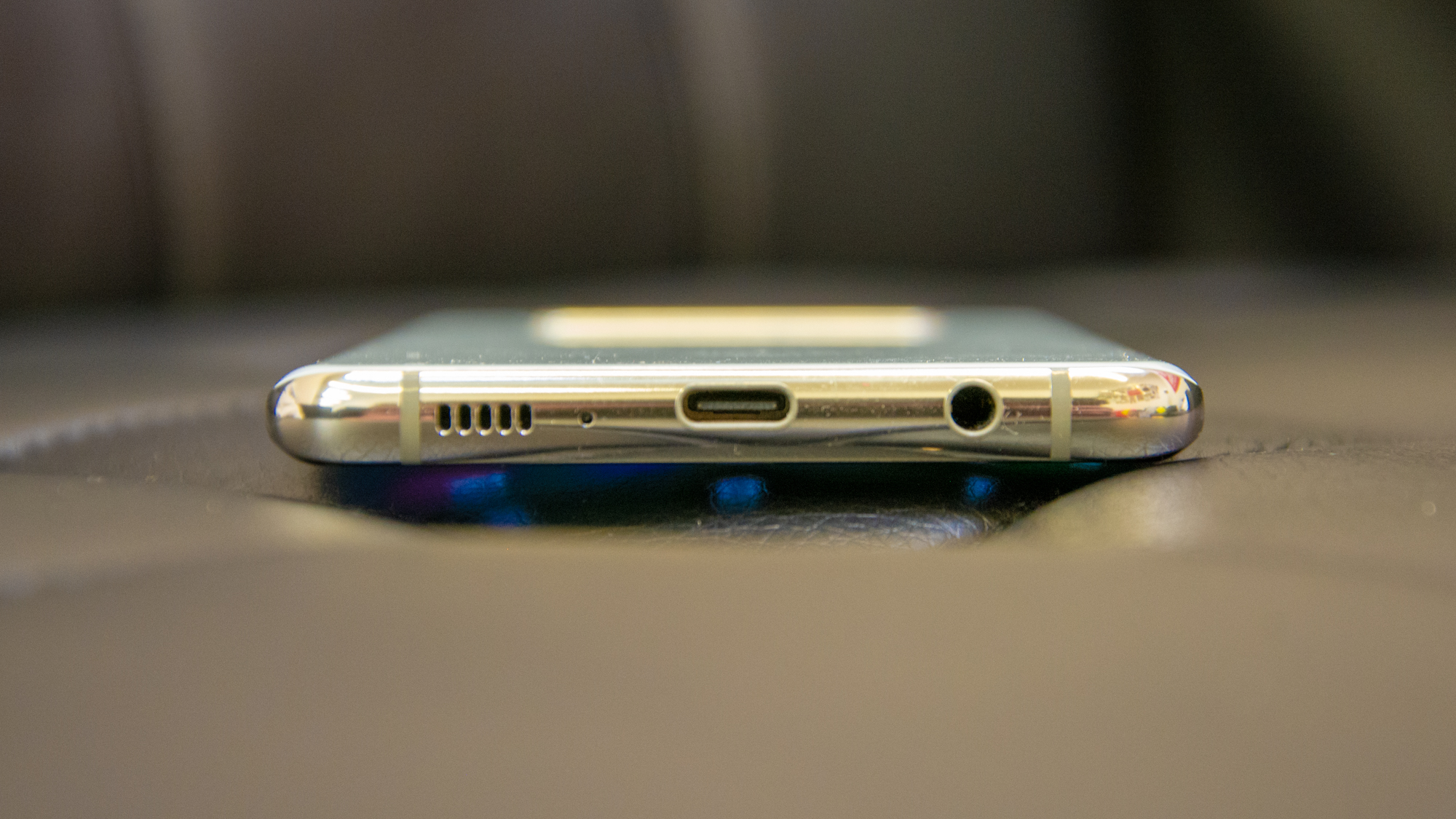
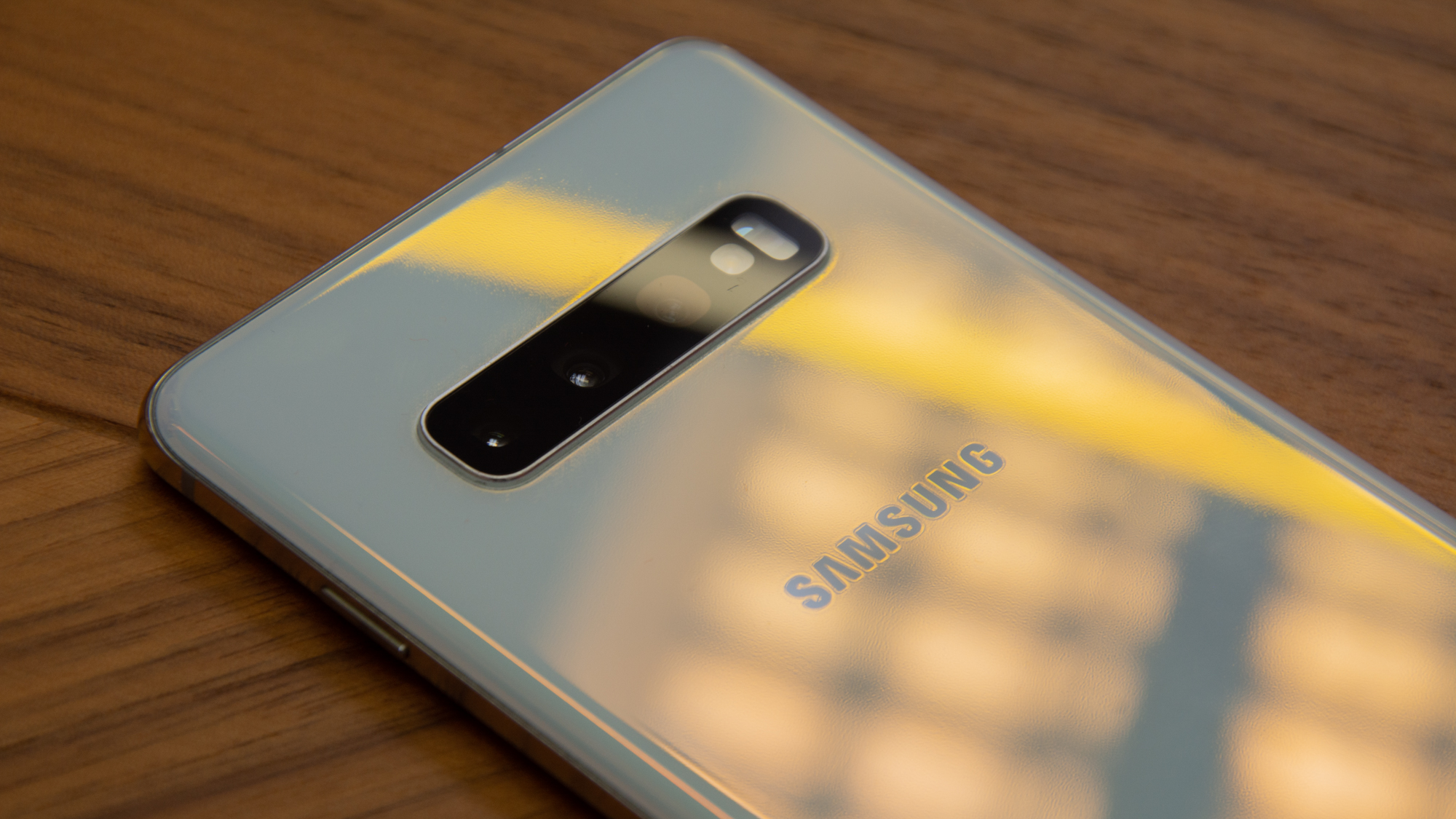
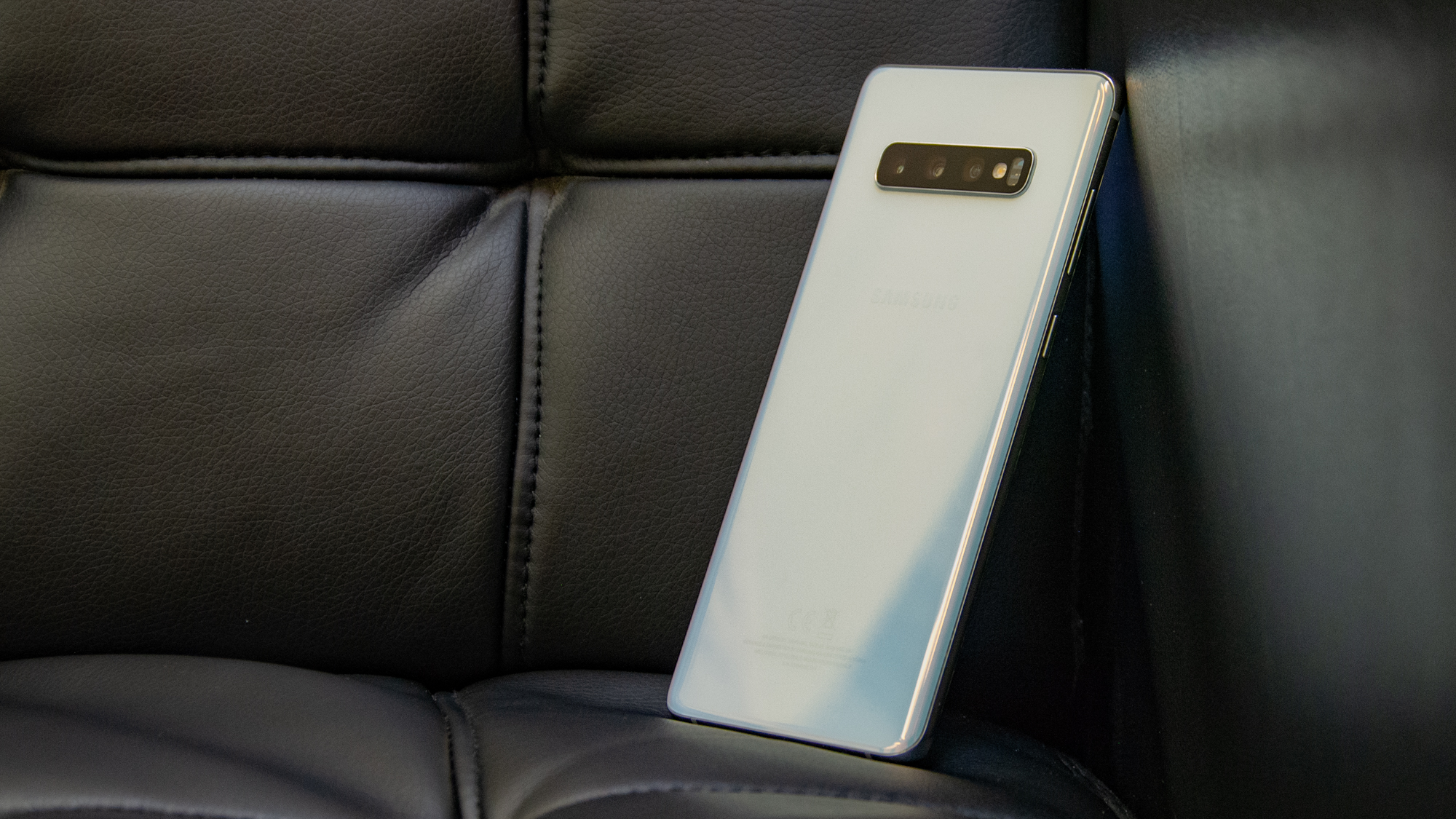
Samsung, once the upstart challenger taking the fight to Apple for the title of 'best smartphone', is now fending off challengers of its own - most notably from Chinese brands like Huawei, Xiaomi and OnePlus. Offering a similar (if not always equal) level of quality to Samsung's prestigious Galaxy range, devices like the Huawei Mate 20 Pro have been providing an increasingly compelling alternative to the de facto king of Android phones.
The Korean giant isn't taking this lying down though - instead, it's coming out swinging, with the best device we've seen from Samsung yet. Boasting a total of five cameras front and back, alongside a slew of new and improved features, the Samsung Galaxy S10+ is a seriously impressive effort indeed. However, with such impressive rivals, does Samsung have enough mileage to stay at the head of the pack?
Samsung Galaxy S10+ review: Design
On the face of it, the Galaxy S10+ doesn't look all that different to the S9+, and the specs bear that out: it's 14g lighter, 0.7mm thinner, fractionally shorter and fractionally wider than its predecessor - in other words, it's functionally identical in size. Paradoxically, though, it feels larger than the S9+ when held. It's not bigger, of course - we suspect that because it's a little wider and has a larger screen-to-body ratio, it creates an illusion of being bigger than it really is.
A better point of comparison is the Galaxy Note 9. Not only is it closer in size to its stylus-sporting sibling, the S10+ has also borrowed elements of the Note 9's aesthetic, such as its squared-off corners, which unfortunately means that it doesn't feel as comfortable when nestled into the palm as the S9+ did.
Comparisons to its other Samsung phones aside, it's a gigantic device however you look at it, with a 6.4in screen and a footprint of 158 x 74mm. It's surprisingly dainty in other ways, weighing 175g and sporting a thickness of just 7.8mm, but it's still big enough that it often felt unwieldy. We found the base of our thumb often accidentally pressed things as we stretched over to reach the far side of the screen in one-handed use, and even when typing two-handed we frequently ended opening the symbols menu by mistake mid-sentence.

Visually, it looks stunning - the decision to ditch the notch-style camera bar across the top for a 'pin-hole' cut-out camera really makes it stand out, and the edge-to-edge screen (using Gorilla Glass 6 for protection) offers beautiful vistas. We're also big fans of the polished chrome effect that has been applied to the phone's aluminium frame. While it does, admittedly, call to mind the iPhone Xs Max, it's also much more stylish than a plain, matching trim.
It comes in a number of colours, including Ceramic Black, Ceramic White, Prism Green, Prism Black and Prism White. Our review unit was the Prism White model, which turned out to be a strangely pearlescent finish that put us in mind of the limited-edition Silk White OnePlus 6. We weren't entirely sold on it at first, but we have to admit that the colour grew on us - although the Gorilla Glass 5 backing on the 'Prism' models still picks up fingerprints like nobody's business.
Samsung Galaxy S10+ review: Display
As we've already touched on, the AMOLED display is absolutely enormous, measuring 6.4in across the diagonal and looking even more expansive thanks to its edge-to-edge design. It's changed the aspect ratio again from the last generation, bumping it from 18.5:9 to a full 19:9, but as a result it still leaves many videos banded by unsightly black bars under the default settings, as most video comes formatted in either a 16:9 or 4:3 aspect ratio.
While we're on the subject of default settings, Samsung has set the resolution of the S10+ (as it also did with the S9) at a 2,280 x 1,080 'FHD+' resolution, rather than the maximum 3,040 x 1,440 'WQHD+' setting. If you want your screen to look its very best, you'll have to go into the settings to change this. Your battery life will take a bit of a knock as a result, but as we'll talk more about later, this probably won't matter too much. You can also reduce the resolution to 1,520 x 720, or HD+, for maximum power efficiency.
Predictably, the actual quality of the screen is outstanding; Samsung are widely-regarded as making some of the best screens around, which is why it counts rivals like Apple and Huawei among the customers for its display division. It's no surprise, then, that the S10+ is a knockout in this department, with a near-perfect sRGB gamut coverage of 94.7% and a frankly dizzying maximum brightness of 1057cd/m2. It looks great, with rich detail, vivid colour and HDR10+ ensuring outstanding contrast. You can even tweak the colour profile of the display in the settings with RGB sliders. At this point, Sasmung giving us a screen this good isn't exactly surprising - but it's a joy nevertheless.
Samsung Galaxy S10+ review: Performance
Before we continue, let's get this out of the way: the performance of the S10+ is a moot point. Virtually every flagship phone released in the last two years or so is fast enough that it's all but impossible to hit the performance ceiling on it in day-to-day use, even if you're absolutely hammering it, and this one is no exception.

Still, the S10+ is as speedy as you'd expect. Packed with Samsung's own Exynos 9820 processor and either 8GB or 12GB of RAM depending on which configuration you opt for, it's a bit of a beast, racking up scores of 4,461 in the GeekBench 4 single-core tests and 10,391 for multi-core workloads. That's around a 20% improvement over its predecessor and more impressively, it's less than 10% behind the iPhone Xs Max's outstanding scores.
It's also more than capable of handling desktop operations when in DeX mode. We'll talk about DeX in more detail later on, but it's powerful enough that we were never frustrated by slow or sluggish responses, even with numerous apps running simultaneously. We'd have no performance-related qualms about using this as our sole work device over a laptop.
Samsung Galaxy S10+ review: Battery life
Performance might be a moot point, but battery life certainly isn't. In fact, it's one of the most important things for a phone to get right - it's a real make-or-break issue. Previous Galaxy devices have been very slightly underwhelming; while they've been good, the Galaxy S8+ was the range's high-water mark for battery life. That is, until now.
In our tests, the Samsung Galaxy S10+ managed an absolutely outstanding 21hrs 17mins - almost five hours longer than the S9+, and leagues ahead of most other devices. It holds up in practice, too. We comfortably got through a whole day of moderate to heavy use with charge to spare, whereas the Pixel 3 often needs topping up around mid-afternoon.
That's on the default display resolution which, as mentioned earlier, is FHD+ rather than WQHD+. The battery life here is still impressive, however, with a score of 18hrs 38mins in our tests - ahead of the iPhone Xs Max by more than three hours. If you need to make your battery last even longer, you can use the lower-quality HD+ resolution to eke out even more power.
This abundance of juice will come in handy, as you can use the excess to charge other devices through the S10+'s Wireless PowerShare feature - just put your phone back-to-back with another Qi-compatible device (such as the Huawei Mate 30 Pro or one of the newer iPhones), and it'll begin charging. A very handy feature indeed for those whose colleagues are constantly asking to borrow chargers.
Samsung Galaxy S10+ review: Camera
The S10+ camera uses a triple-lens setup, which looks almost quaint next to the four and five-lens configurations sported by some of its rivals. As ever though, it's not about the number of your lenses so much as how you use them. Two of the S10+'s lenses are carried over from last year's Galaxy S9+: a 12-megapixel lens with dual f/1.5 and f/2.4 apertures, and a 12-megapixel 2x zoom lens with an f/2.4 aperture. On top of this, Samsung has added an f/2.2 16-megapixel ultra wide-angle lens, and the front-facing camera now has two lenses, including an f/1.8 10-megapixel lens and an f/2.2 8-megapixel lens.

That's an awful lot of numbers, but for those of us that aren't familiar with the ins and outs of photography technology, the simple version is that the Samsung Galaxy S10+ offers absolutely outstanding photography. Image quality is absolutely superb, with minimal noise, high amounts of detail and good colour reproduction. The Huawei Mate 20 Pro edges ahead of it in some areas, but the differences are so subtle that they'll be invisible to all but the pickiest of casual photographers and overall, the S10+ delivers better quality across the board.
Video capabilities are well-rounded too, with support for capturing 4K video at 60FPS as well as super slow-mo and HDR10+ footage. There's the usual complement of extra camera features, such as Samsung's AR Emojis, a robust Portrait Mode with a number of different options for blurring the background, and AI-based scene recognition to automatically optimise the camera settings based on whatever your subject is.
This has reliably been true of Samsung's flagship smartphones for the past couple of years now, but the Galaxy S10+ offers one of the best smartphone photography experiences on the market.
Samsung Galaxy S10+ review: Features
The Galaxy S10+ is, to put it mildly, absolutely bursting with features. Among the newest and most eye-catching bells and whistles are the new biometric security functions. The new element is the 'ultrasonic' in-display fingerprint reader, but we had some issues with this. It often took a few attempts to recognise our digit, and the fact that there's no tactile feedback to indicate where to place your finger makes it hard to accurately press without looking.
Samsung's facial recognition, on the other hand, remains smooth and slick. Unlocking the phone took a mere glance, and we appreciated the ability to set it up so that you still had to swipe to actually dismiss the lock screen after it had been unlocked. This stops you from accidentally opening up your phone whenever you check the time, for example.

Samsung DeX also remains one of the Galaxy range's most underappreciated features, and it's even more impressive on the Galaxy S10+. As of last year, newer Galaxy devices no longer need a separate docking station to work with DeX; you can simply plug the S10+ into any USB-C monitor and it will automatically launch into DeX mode.
Dex Mode opens up a desktop-style user interface on your external monitor, allowing you to control all of your apps via a mouse and/or keyboard. You can also use the S10+ itself as a touchpad if you don't have an external mouse. The fact you can do this without a dock is a very cool feature, particularly for businesses, who now have even less equipment to buy if they want to give employees an S10+ as a do-it-all company device.
DeX mode itself remains an intriguing and highly useful feature, but it's not without its flaws. While the interface used by DeX itself is well-suited to desktop use and very functional, many Android apps aren't. Most apps launch in DeX mode as scaled-up, resized versions of the standard smartphone version, and the transition from portrait to landscape often leaves some apps feeling cramped when used full-screen.
With that aside, there's almost nothing to complain about with DeX. The S10+ is more than powerful enough to handle all manner of work tasks - as Samsung points out, its specs are on par with many laptops - and the proliferation of SaaS packages like G Suite mean that it can handle pretty much any type of enterprise job. Honestly, if it weren't for the fact that our job requires regular use of Adobe Photoshop, we'd switch to using the S10+ as our only work device in a heartbeat.
Rounding out the package are the usual suspects; there's IP68 waterproofing, wireless charging via the Qi standard and expandable memory via MicroSD card. Oh - and Samsung's pointless digital assistant Bixby's still there as well, unfortunately.
Samsung Galaxy S10+ review: Verdict
If Samsung was aiming to prove it's still the best around, then it's done exactly that. The Galaxy S10+ is the most technically capable and impressive smartphone you can buy, beating the iPhone Xs Max on battery life and features, if not on raw performance. It also comfortably outclasses its lower-priced rivals on pretty much all fronts - except for one.

The sole sticking-point we have with the Galaxy S10+ is its price. With a retail price starting at just under 900, it's not that far off the cost of the iPhone Xs Max, which is just about the most expensive mainstream device around. This is hard to stomach considering the Mate 20 Pro is available for less than 800 - and the outstanding OnePlus 6T is even cheaper.
Still, it's impossible to argue that you're not getting a best-in-class product for your money. We marked the Galaxy S9 down for not doing enough to improve on its predecessor - that's not an argument we can make this time around. Samsung has iterated, improved and expanded on a device that was already one of the best around to make something that will doubtless stand as a benchmark for future competitors in years to come.
Verdict
With a breathtaking camera and stunning looks, it’s the Samsung Galaxy S10+ is undoubtedly the best phone Samsung has ever created - but it’s also the best phone available right now. If you can stomach the high price, you won’t be disappointed.
| Processor | Octa-core Samsung Exynos 9820 (2 x 2.73GHz, 2 x 2.2GHz, 4 x 1.78GHz) |
| RAM | 8GB (128/512GB); 12GB (1TB) |
| Screen size | 6.4in |
| Screen resolution | 1,440 x 3,040 |
| Pixel density | 522ppi |
| Screen type | Dynamic AMOLED |
| Front camera | Dual: 10MP, f/1.9; 8MP, f/2.2 |
| Rear camera | Triple: wide 12MP, f/1.5-2.4; 2x telephoto 12MP, f2.4; ultra-wide 16MP, f/2.2 |
| Flash | LED |
| Dust and water resistance | IP68 |
| 3.5mm headphone jack | Yes |
| Wireless charging | Yes |
| USB connection type | USB Type-C |
| Storage options | 128GB; 512GB; 1TB |
| Memory card slot | MicroSD (up to 512GB) shared with 2nd SIM slot |
| Wi-Fi | 802.11AX (Wi-Fi 6) |
| Bluetooth | Bluetooth 5 |
| NFC | Yes |
| Cellular data | 4.5G, Cat20 (2Gbits/sec DL; 150Mbits/sec UL) |
| Dual SIM | Yes |
| Dimensions (WDH) | 74 x 7.8 x 158mm |
| Weight | 175g (ceramic: 198g) |
| Operating system | Android 9 Pie |
| Battery size | 4,100mAh |
Get the ITPro daily newsletter
Sign up today and you will receive a free copy of our Future Focus 2025 report - the leading guidance on AI, cybersecurity and other IT challenges as per 700+ senior executives
Adam Shepherd has been a technology journalist since 2015, covering everything from cloud storage and security, to smartphones and servers. Over the course of his career, he’s seen the spread of 5G, the growing ubiquity of wireless devices, and the start of the connected revolution. He’s also been to more trade shows and technology conferences than he cares to count.
Adam is an avid follower of the latest hardware innovations, and he is never happier than when tinkering with complex network configurations, or exploring a new Linux distro. He was also previously a co-host on the ITPro Podcast, where he was often found ranting about his love of strange gadgets, his disdain for Windows Mobile, and everything in between.
You can find Adam tweeting about enterprise technology (or more often bad jokes) @AdamShepherUK.
-
 ‘Phishing kits are a force multiplier': Cheap cyber crime kits can be bought on the dark web for less than $25 – and experts warn it’s lowering the barrier of entry for amateur hackers
‘Phishing kits are a force multiplier': Cheap cyber crime kits can be bought on the dark web for less than $25 – and experts warn it’s lowering the barrier of entry for amateur hackersNews Research from NordVPN shows phishing kits are now widely available on the dark web and via messaging apps like Telegram, and are often selling for less than $25.
By Emma Woollacott Published
-
 Redis unveils new tools for developers working on AI applications
Redis unveils new tools for developers working on AI applicationsNews Redis has announced new tools aimed at making it easier for AI developers to build applications and optimize large language model (LLM) outputs.
By Ross Kelly Published
-
 Google layoffs continue with "hundreds" cut from Chrome, Android, and Pixel teams
Google layoffs continue with "hundreds" cut from Chrome, Android, and Pixel teamsNews The tech giant's efficiency drive enters a third year with devices teams the latest target
By Bobby Hellard Published